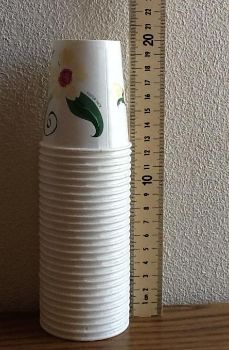In class yesterday, I had an opportunity to reinforce what it means to solve equations and inequalities (
a connection I've discussed in a previous post). My students and I were working on a task that required that we verify that x = 2 and x = 0 are the two solutions of the quadratic equation -2x^2 + 4x + 1 = 1. How can we do that? A chorus of replies: "plug them in and check."
"Right," I said, "We need to see if we have found both (all) of the values that make the equation true."
Learner #1 raised his hand and asked, "Doesn't it also mean finding the points where the parabola intersects the line y = 1?" I know from a previous conversation (described in this
previous post) that this was how he learned to solve quadratics in high school: enter the parabola into Y1, enter the other expression into Y2, and use the CALC -> INTERSECT to solve.
So I was happy to affirm the connection.
A short time later, in the same lesson, we were exploring the function
f(
x) = (
x-3)^2 + 5. We had determined that because the parabola opened upward and had its vertex at (3,5), so there must not be any solutions to the quadratic equation
f(
x) = 1. Furthermore, we agreed, the equation
f(
x) = 5 would have just one solution (at the vertex) and
f(
x) =
k for any
k > 5 would have two real solutions.
Then
Learner #2 offered: "So if we ever find that there's no solution, we can conclude that the curves do not touch, right?" It was a nice extension of
Learner #1's remark.
But it depends a bit on what you mean by "no solution," doesn't it? The situation is exactly analogous to the 1st grader who asks the question, "Teacher, what's 1 minus 3?" to which the teacher response helpfully, "Honey, you can't do 1 minus 3." I like to imagine a precocious 1st grader reply: "Yeah, maybe
you can't, but
I can! It's negative 2!"









.png)
.gif)

